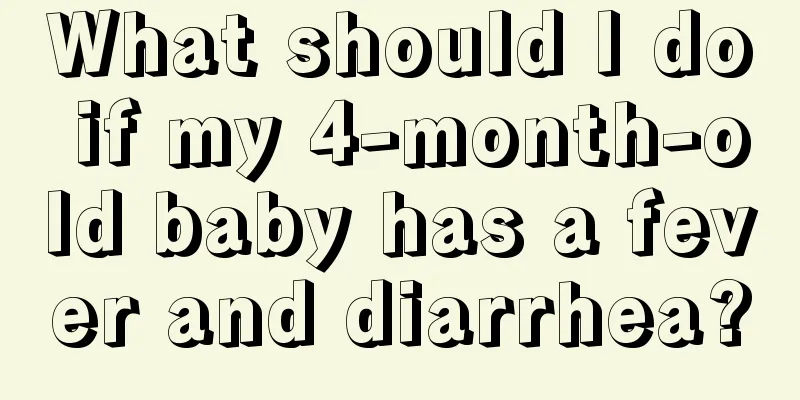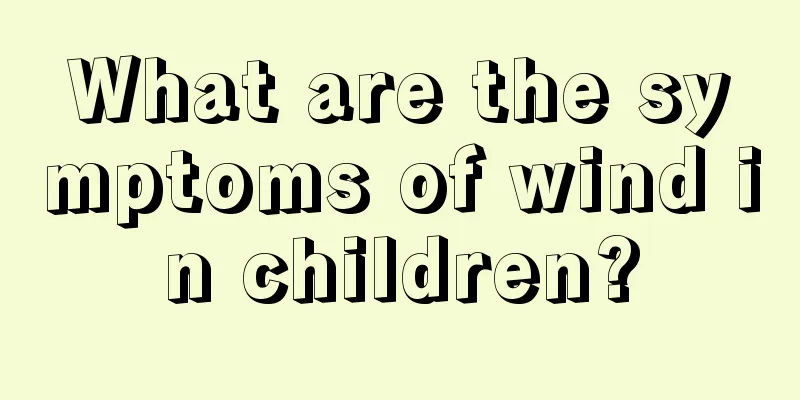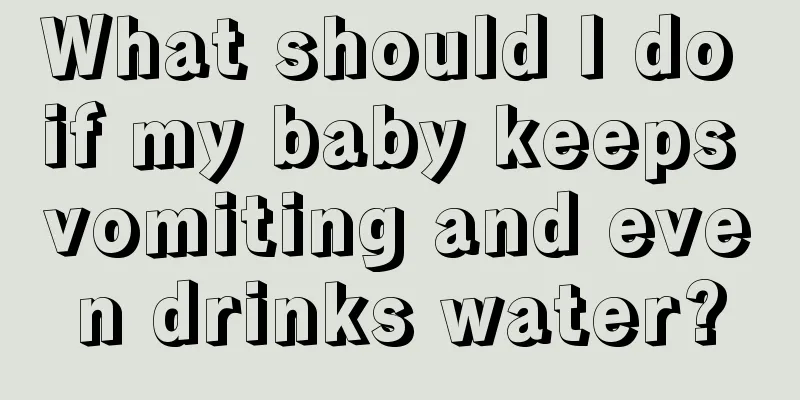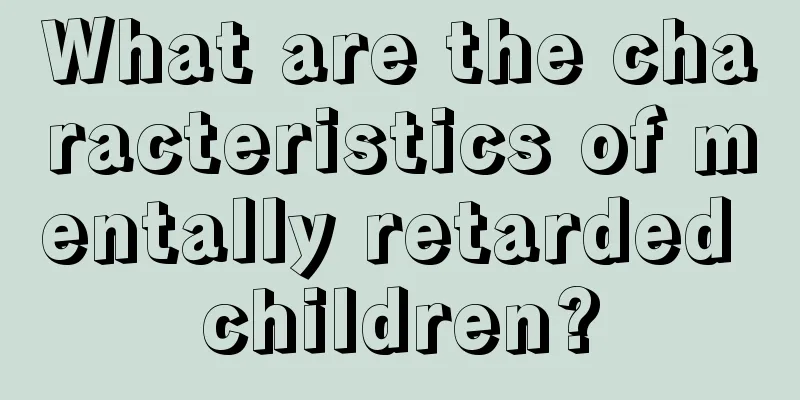What are the symptoms and treatment of gastroenteritis in children?

|
Gastroenteritis is an inflammation of the stomach and intestines, which causes adverse symptoms such as diarrhea or vomiting. It is very common in both adults and children. If a child has this symptom, it is best to diagnose and treat it in time to avoid adverse reactions. Let me explain it in detail below. (1) Symptoms The main symptom of gastroenteritis is diarrhea, with green, watery stools. Children may also experience vomiting, fever, and lethargy, as well as other general symptoms of illness. Older children and adults often report loss of appetite and severe abdominal pain. Children may develop symptoms within hours of eating contaminated food, but if the infection is viral, symptoms usually take several days to develop. Dehydration is a dangerous sign when children, especially infants, lose a lot of water due to vomiting and diarrhea. Children are often very thirsty but can only suck or sip weakly, thus failing to maintain the body's required fluids. If your child's dehydration does not improve within 24 hours, or if his skin and lips are dry and his eye sockets are sunken, he should go to the hospital immediately. Remember that infants are more susceptible to dehydration than older children, so if your baby has vomiting and diarrhea for more than four hours, be sure to consult a doctor. (2) Cause The most common cause of gastroenteritis in children is infection with a virus, much like the common cold. Outbreaks of gastroenteritis often occur in the winter and can spread rapidly in childcare centers, preschools, and other places where children gather. Gastroenteritis can also be caused by eating food that is contaminated with bacteria or by bacteria introduced into the mouth from dirty hands. Contaminated food is often the result of poor kitchen hygiene. For example, unclean and unsterilized baby bottles and nipples can infect the gastrointestinal tract. In contrast, gastroenteritis is less common in breastfed babies. Preparing food or feeding your baby without washing your hands thoroughly before going to the toilet or changing your baby's diaper can cause your baby to contract gastroenteritis. (3) Treatment The first priority in treating gastroenteritis is to replace the fluids that the body has lost. Your doctor may recommend a glucose-electrolyte solution to replace the sodium lost during diarrhea. This special formula promotes the body's absorption of water, sugars and salts. If the baby cannot take oral medication, he or she should be given intravenous fluids in the hospital to maintain the body's water and electrolyte balance. After the infection is resolved, some children continue to have diarrhea, probably because sugars or proteins (especially milk proteins) irritate the inflamed intestine. Gastroenteritis caused by bacteria can be treated with antibiotics. The child should be allowed to rest adequately and eat some liquid and non-irritating, easily digestible food until he or she fully recovers. (4) Notes ① Pay attention to the production date and shelf life of food. ② Wash your hands and clean your nails before handling food. ③Keep the dining environment clean. ④Do not allow pets to approach the kitchen. ⑤Food should be stored in the refrigerator, especially in summer. ⑥Eliminate flies in the kitchen. ⑦ Cover the trash can and don’t let children play near it. ⑧Wash your hands after defecation and changing diapers. (5) Prevention Gastroenteritis caused by poor hygiene can be prevented by taking some simple steps. Special attention should be paid to washing hands before food processing and after defecation and urination. Since heating can kill bacteria, food taken out of the refrigerator should be completely thawed and cooked thoroughly. Breastfeeding utensils should also be cleaned and disinfected carefully. Gastroenteritis should not be underestimated. Children should be kept clean and hygienic to prevent bacterial infection. If symptoms of the disease appear, timely rescue and treatment should be provided to prevent the disease from worsening. At the same time, the daily environment should also be kept clean. |
<<: How to treat dermatomyositis in children?
>>: Treatment of asthma in children.
Recommend
What should I do if my baby has a bump on the back of his head?
It is very common for babies to fall frequently w...
What are the reasons why children have fever but no fever?
For infants and young children, because they are ...
Can I pinch my baby's flat nose to make it taller?
Parents all hope that their children will grow up...
Emergency plan and method for newborn choking
The birth of every new life will make our parents...
Children's hands and feet sweat
Some children often sweat a lot during sleep. Par...
How to prevent colds for children
Children's immunity is relatively weak compar...
The child keeps sniffing his nose
The physical health of children is very important...
Symptoms of influenza A in children
Influenza A is a relatively common type of influe...
How can fat kids grow taller quickly?
In today's life, people often see some childr...
What is the appropriate height for infant pillows?
Infants and young children are still young, and t...
How long does it take for loose deciduous teeth to grow back firmly?
Be sure not to touch your teeth with your hands, ...
Can infants and young children eat yogurt?
Yogurt is a type of milk, and it is given this na...
How to reduce fever in children
Touch your baby's hands and the back of his n...
How to judge whether the baby has indigestion
Indigestion is a common gastrointestinal symptom,...
When is the feeding time for newborn baby?
Raising a baby is a very important thing. Many fi...









